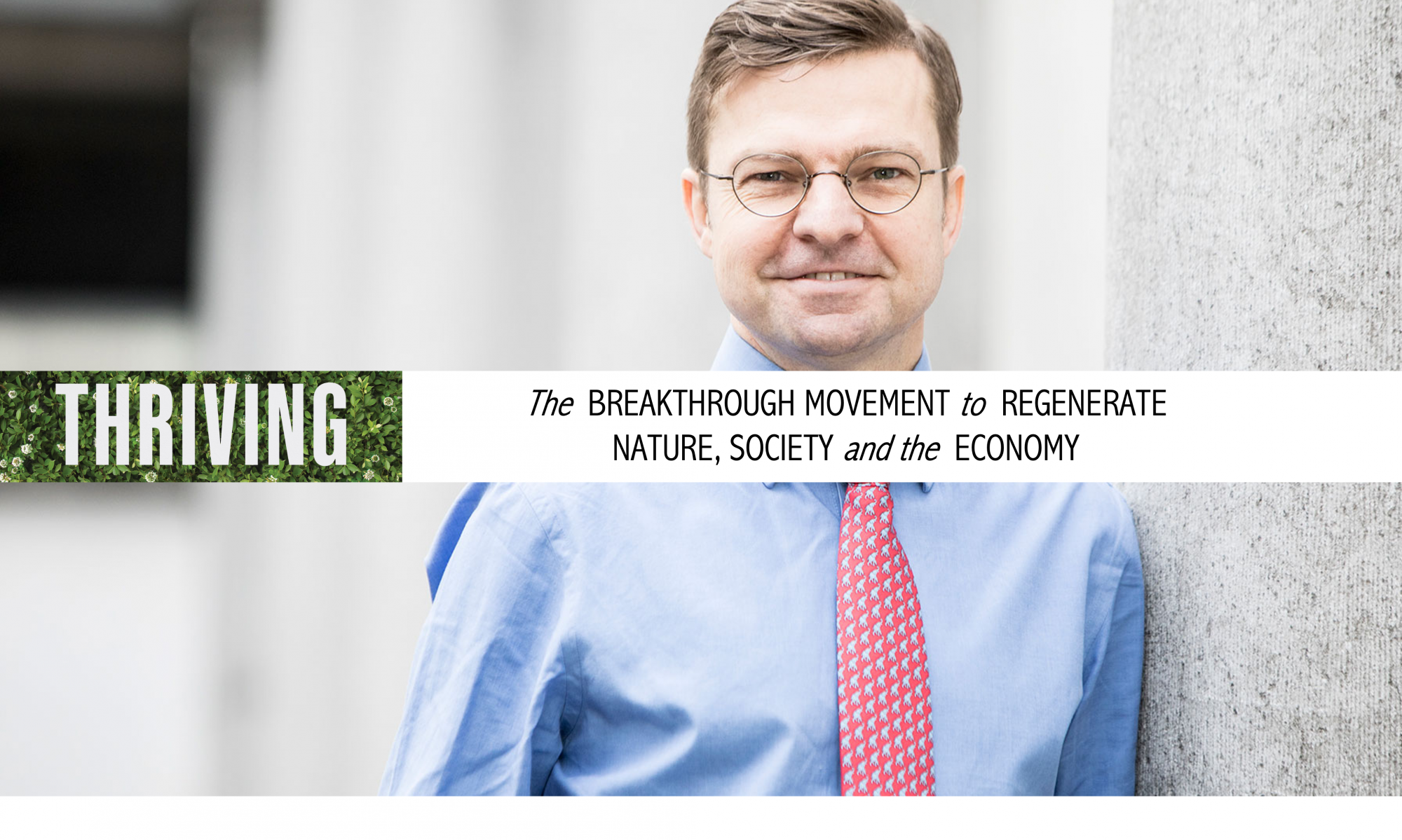Is Philanthropy a Smokescreen?
Blog by Wayne Visser
Part 3 of 13 in the Age of Responsibility Blog Series for CSRwire.
“I believe it is my duty to make money and still more money and to use the money I make for the good of my fellow man, according to the dictates of my conscience.” —John D. Rockefeller Sr.
The Rockefeller story is a good one to introduce the Age of Philanthropy, not only because of John D.’s iconic status as a tycoon and philanthropist, but also because his life and views on charity embody much of the philanthropic attitudes that still prevail today in business. At the heart of the Age – and its chief agent, Charitable CSR – is the notion of giving back to society. Rather interestingly, this presupposes that you have taken something away in the first place. Charitable CSR embodies the principle of sharing the fruits of success, irrespective of the path taken to achieve that success. It is the idea of post-wealth generosity, of making lots of money first and then dedicating oneself to the task of how best to distribute those riches, by way of leaving a legacy.
In 1970, the respected US economist Milton Friedman published an article in the New York Times Magazine (13 September) entitled ‘The Social Responsibility of Business is to Increase Profits’. In it, he called the ‘doctrine of social responsibility’ a ‘fundamentally subversive doctrine in a free society’ and argued that ‘there is one and only one social responsibility of business – to use its resources and engage in activities designed to increase its profits, so long as it stays within the rules of the game, which is to say, engages in open and free competition without deception or fraud’. As such, he came to define one end of the spectrum of opinion on CSR: the purist, stockholder (or shareholder) view, a view which was once again given an airing in the Wall Street Journals’ ‘The Case Against Corporate Social Responsibility’ article on 23 August 2010. Despite his hard-line view, Friedman does allow some concessions, saying:
“It may well be in the long run interest of a corporation that is a major employer in a small community to devote resources to providing amenities to that community or to improving its government. That may make it easier to attract desirable employees, it may reduce the wage bill or lessen losses from pilferage and sabotage or have other worthwhile effects. Or it may be that, given the laws about the deductibility of corporate charitable contributions, the stockholders can contribute more to charities they favour by having the corporation make the gift than by doing it themselves, since they can in that way contribute an amount that would otherwise have been paid as corporate taxes.”
Although Friedman calls this ‘hypocritical window-dressing’ when done under ‘the cloak of social responsibility’, he concedes that these practices may be justified if they contribute to shareholders’ interests. Hence, he is setting out an early version of what today is more popularly called ‘strategic philanthropy’ – the practice of social responsibility only when it is aligned with corporate profitability. …
Continue reading
[button size=”small” color=”blue” style=”download” new_window=”false” link=”http://www.waynevisser.com/wp-content/uploads/2012/06/blog_philanthropy_smokescreen_wvisser.pdf”]Pdf[/button] Is Philanthropy a Smokescreen? (blog)
Related websites
[button size=”small” color=”blue” style=”tick” new_window=”false” link=”http://www.csrinternational.org”]Link[/button] CSR International (website)
[button size=”small” color=”blue” style=”tick” new_window=”false” link=”http://www.waynevisser.com/books/the-age-of-responsibility”]Link[/button] The Age of Responsibility (book)
Cite this blog
Visser, W. (2011) Is Philanthropy a Smokescreen? Wayne Visser Blog Briefing, 20 October 2011.


